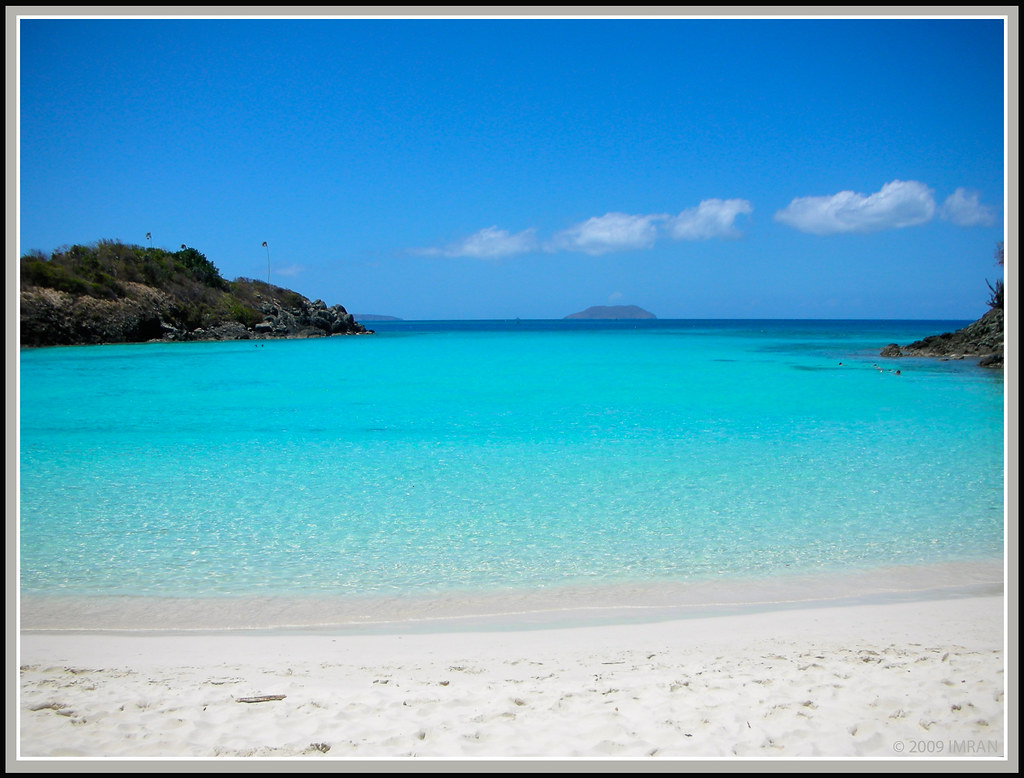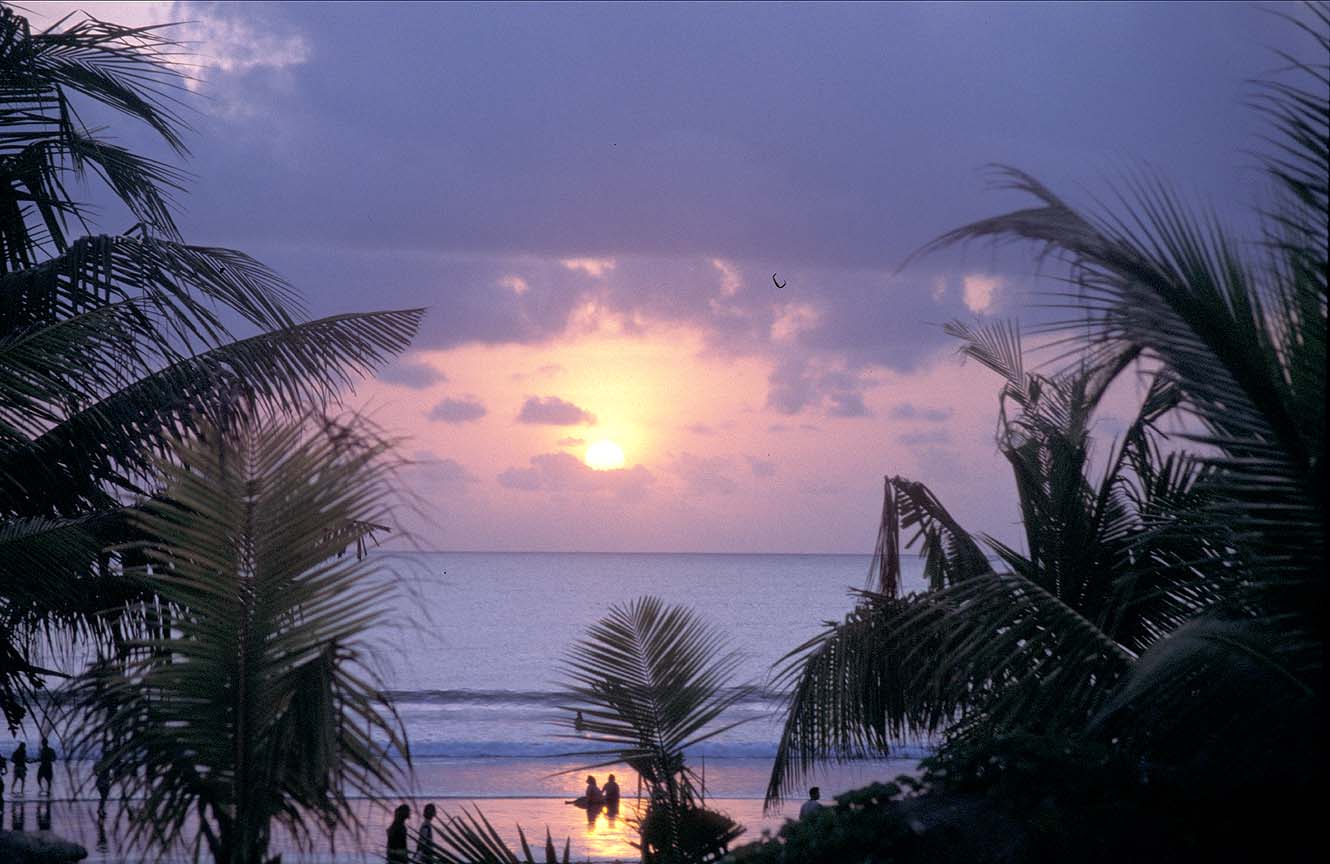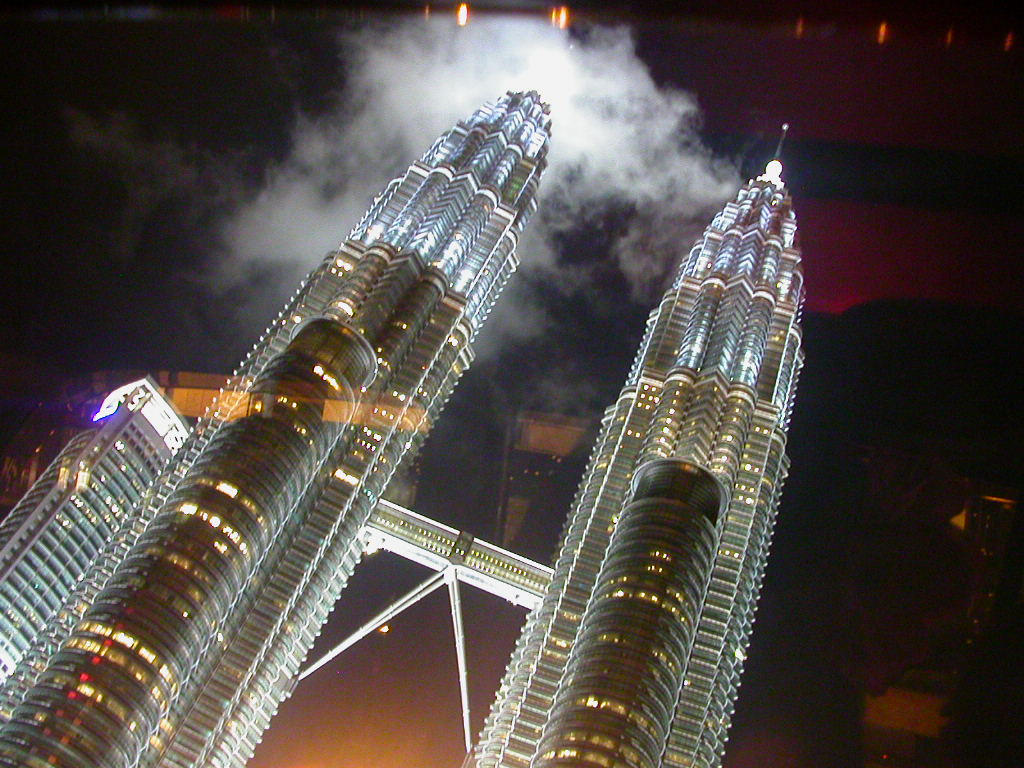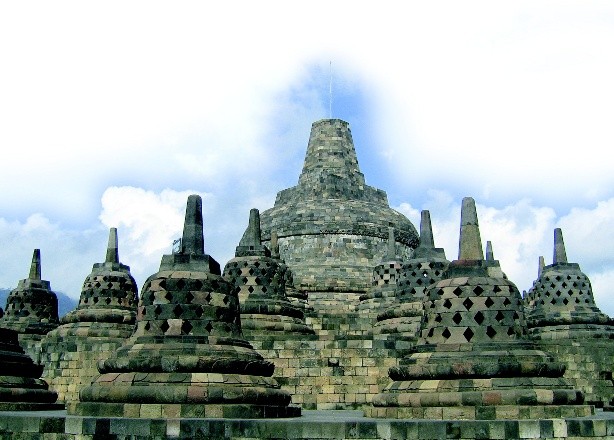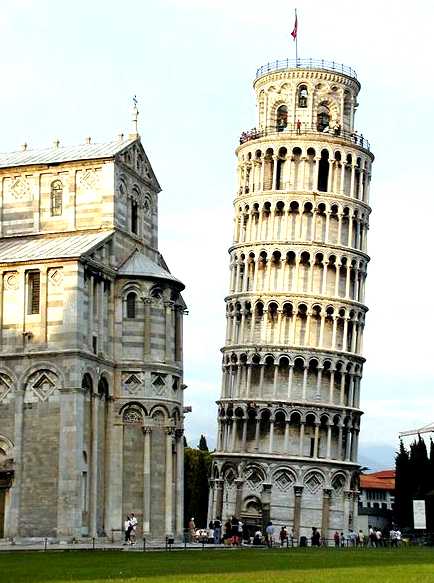
|
|
|---|
|
|
|---|
Tuesday, October 27, 2009
Monday, October 26, 2009
Friday, October 23, 2009
Thursday, October 22, 2009
Thursday, October 15, 2009
Tuesday, October 13, 2009
Balinese Rites and Ceremonies
Balinese Rites and Ceremonies
One doesn't have to be on the island for very long to appreciate that Balinese life seems to be an endless parades of rites and ceremonies. The combination of Hindu religious rituals and the local "Adat Istiadat" of the Balinese result in a cycle of events which paces the sun and the moon through the seasons. Ceremonies also mark the procession of human life from the womb to the grave.
The various ceremonies center on different parts of Balinese life. Ceremonies for the gods are much different than the ceremonies for man. For example, Odalan is a ceremony for the Gods and the anniversary of a temple; this is the time when God is invited to bless the daily prayers in that temple.
Two of the most visible ceremonies are concerned with man. "Metatah" or the tooth-filing ceremony, is for Balinese 16-18 years of age. This ceremony is as a sign of maturity and indicates that the kids have reached the age where they need more guidance, love, and care from their parents. Perhaps the best known ceremony is "Ngaben," the cremation ceremony to purify the soul of the death. Many visitors to Bali find themselves enthralled by the cremation rituals, which can go on for days with much pomp and celebration.
Another highly visible ceremony is Galungan, which occurs every 210 days (it's timed to the Balinese calendar). This Balinese festival celebrates a day of victory against an the notorious Mayadenawa, an evil king that ruled in Bali centuries ago. Kuningan day, 10 days after Galungan, is the day to commemorate the spirits of the heroes who were killed during the battle against Mayadenawa.
You can learn more about other ceremonies on this site, including: Saraswati Day (the day of knowledge), Nyepi Day (the day of Silence), Pagerwesi Day, and many others.

The next major cruise ship hub will be in ... Detroit?
Could Detroit become a major cruise ship hub? That's the idea, say government officials who visited the down-on-its-luck city Monday to talk up a taxpayer-funded waterfront development.
The Detroit Free Press, a sister paper to USA TODAY, reports that U.S. Transportation Secretary Ray LaHood and other leaders painted a vision of Detroit developing as a Midwest cruise ship capital.
LaHood and other politicians toured a $21 million port facility taking shape on the Detroit River that is being partly funded with federal stimulus funds. The facility will include a dock for cruise ships and water taxis as well as a new customs facility. It's expected to be finished in late 2010.
The politicians didn't say which cruise ships they expect to visit the port. While major cruise companies such as Royal Caribbean and Carnival have never bothered with the market, a few small companies have offered Great Lakes cruises over the years.

china want to rival Boing, Airbus with its C919 " big Plane'
China wants to rival Boeing, Airbus with its C919 'big plane'
| ||||
| ||||
But the model — of the planned C919, single-aisle jetliner designed to seat up to 190 passengers — represents something much larger.
It's what's called the "big plane" project here. It symbolizes the country's stepped-up efforts to get into the commercial passenger jet business in a big way and challenge U.S. plane-making giant Boeing and European rival Airbus, which dominate the global jetliner market. And it will be a showcase for China's ambition to be more than a low-tech producer of consumer goods for the world.
"To develop the large-scale airliner is a strategic decision of the Chinese government and one of the major programs for building up an innovation-oriented country," Chinese Vice Premier Zhang Dejiang said last month, according to the Xinhua state news agency.
The model of the C919 was unveiled in August. Work on a prototype began only last month. A maiden flight isn't scheduled until 2014, and the jet won't be available commercially until 2016. Even then, it's aimed at China's domestic market rather than for U.S. or other countries' airlines.
But the Chinese manufacturer already says the twin-engine, narrow-body design of the C919 is superior to the planes it would compete against: the Boeing 737, the best-selling jetliner in the world, and its competitor, the Airbus A320.
The plane "is more advanced compared to the current operating aircraft of the same size," Chen Jin, sales chief of the Commercial Aircraft Corp. of China, which will make the planes, told China's English-language China Daily newspaper. "It will use between 12% and 15% less fuel, and help reduce carbon emissions."
The manufacturer also says it can bring the C919 in at a price lower than the $50 million range that Boeing and Airbus charge for each of their planes.
Such boasts could indeed make the C919 a rival of Boeing and Airbus — if met. But U.S. and international aircraft industry analysts question whether they can be. Despite state backing and a strong travel market, the Chinese manufacturer faces many technical and commercial challenges.
"I don't think Boeing or Airbus will feel at all threatened by this," says Derek Sadubin, CEO of the Centre for Asia Pacific Aviation, an independent think tank in Sydney.
Confidence, despite hurdles
For the Commercial Aircraft Corp. of China, or COMAC, to achieve the fuel efficiency needed to make its new plane attractive to airlines seeking lower operating costs is a difficult proposition.
The plane's designer, Wu Guanghui, told China Daily that COMAC is turning to new, lightweight carbon composites in place of steel for the plane's construction to gain the 12% to 15% in fuel efficiency.
Boeing, which is the pioneer in composite design, has had difficulty in bringing its first composite plane, the 787 Dreamliner, to market. Boeing promises the Dreamliner will deliver 20% operating savings compared with conventionally built aircraft. But its test flights have been repeatedly canceled, with the latest delay coming from a structural flaw.
Likewise, Boeing and Airbus have delayed plans to build more fuel-efficient, narrow-body planes to replace the 737 and A320 because they say that composites alone won't contribute enough fuel-efficiency savings to justify the billions of dollars of design costs.
Despite no track record in making big planes or composites, the Chinese are confident they can do it.
"China is doubling its composite material output every year," says Cheng Zhong, a mechanical engineer at a state-owned company making composites for China's aerospace sector, as he admired the C919 model at the Beijing air exposition. "I believe we have the capacity to make the required composites."
To achieve the cost savings that COMAC says will bring the C919 in at a lower price, the manufacturer will have to count on success with composites. After the design investment is made, materials are the biggest cost of constructing a plane, says Richard Aboulafia, an aircraft manufacturing analyst at The Teal Group in Fairfax, Va.
Aboulafia says COMAC probably cannot buy materials much more cheaply than Boeing or Airbus. And lower Chinese labor costs won't make its plane appreciably less expensive than the two. Labor represents just 10% of construction costs, he says.
Price also isn't the sole factor for airlines in buying a plane. Aboulafia says a plane's quality, reliability, maintenance and readily available replacement parts, as well as the pilot and mechanic training that manufacturers provide, are equally important for airlines.
Aboulafia also warns that building commercial aircraft has never been a consistently profitable business. Boeing and Airbus risk several billions of dollars every time they try to develop a new type of aircraft and have suffered many cost overruns and program delays. So far, COMAC has made only smaller planes.
The only way that COMAC can deliver significantly lower prices, he says, is if the Chinese government is willing to subsidize big losses on the plane to establish the country's position in the global industry.
'Dynamic market' a plus
One big thing that the "big plane" project has going for it commercially is China's booming travel market, which would be the first competitive battleground for COMAC's ambition of being a global competitor. Boeing and Airbus already are here providing planes to Chinese airlines. Another thing going for COMAC is that global demand for the C919 class of narrow-body jets remains strong.
Boeing currently forecasts that the Chinese market will need close to 3,770 jetliners in the C919's class of planes for domestic routes in the next 20 years. At current prices, that's about $400 billion worth of airplanes. Globally, Boeing places the 20-year demand for planes such as the C919, 737 and A230 at nearly 19,500, valued at $1.4 trillion.
"China is the most dynamic market for commercial airplanes, and the second largest worldwide after North America," says Wang Yukui, director of communications for Boeing's China unit.
Domestic air traffic grew 20% in the first half of 2009 vs. the first half of 2008 despite a worldwide economic slump, according to China's Civil Aviation Administration.
Because the Chinese government is invested in the C919, analyst Sadubin says Chinese airlines would be inclined to buy them. But analyst Aboulafia says that isn't a given.
"China's airline industry has really become a private-sector industry, and it has been ignoring the government in its decisions for some time now," he says. "Just because the C919 will be made in China doesn't mean all the Chinese carriers will stop buying 737s and A320s to buy only C919s. Those airlines will do what is best for their own business plans. Besides, it will be decades, if ever, before the Chinese will be able to produce anything close to the numbers of planes that the Chinese market will demand."
Boeing's take on new rival
For now, Boeing and Airbus don't appear worried by China's "big plane" project, though they are careful not to be dismissive of it.
Boeing "recognizes and respects the ambition and desire of other countries to enter (the business) with large aircraft," Wang says. "When China wants to do things, they have the talent and desire to succeed."
Laurence Barron, Airbus China president, warns, however, that the market is fraught with unexpected difficulties and delays. Achieving its goal of being a global aviation player could take the Chinese manufacturer more than a decade, he was quoted as saying in China's International Aviation magazine.
Joe Tymczyszyn, executive director of the U.S.-China Aviation Cooperation Program, which comprises aviation companies and government organizations, says the U.S. shouldn't fear the competition.
China's foray into the larger passenger jet market could be a "win-win" for the Chinese and for U.S. aviation firms, Tymczyszyn says. U.S. firms currently supply up to 45% of the dollar content in COMAC's smaller passenger jet, and he says they'll compete to supply the new jet, too.
The Chinese aren't alone among emerging economies wanting to expand into the jetliner business. Russia and Brazil have new jets coming out, too.
National pride
At the air expo here, where the model of the C919 was a big draw, the prospect of Chinese airliners evoked a sense of excitement and even a little economic nationalism.
"The Chinese people can do this," enthused Mao Caihong, 35. "I am very excited by this plane. If China can keep on developing, we can build high-level, comfortable and safe planes."
Cheng Zhong, the mechanical engineer, was more to the financial point in his assessment.
"Airplanes cost China billions of dollars every year," he said. "Since we have the capability to make them, why let foreigners earn all the money?"

By the book pilot sullenberger opens up about life and duty
By-the-book pilot Sullenberger opens up about life and 'Duty'

It's no surprise this by-the-book pilot might try to tackle fame with intellectual rigor. After all, in January he informed air traffic controllers his jet had engine trouble and he was going to set US Airways Flight 1549 down in New York's Hudson River with the calm voice of a husband telling his wife he was taking a detour to the supermarket.
Breathe easy, America. Sully isn't that much of a geek.
Fame is the family's new dog, improbably named 18 months ago by an area guide-dog outfit that the Sullenbergers have been connected with for years. Fame the golden Lab, a very recent arrival, is under control. The other kind, not so much.
"Frankly, we're still trying to find the right balance between our family life and everything else," says Sullenberger, 58, who will keep the spotlight hot with the release today of his autobiography, Highest Duty: My Search for What Really Matters (William Morrow, 340 pp., $25.99). "It's a priority for me to get things right."
Sullenberger fixes his wife of 20 years with an unwavering gaze. Lorrie smiles, a range of emotions etched in the silence.
"I tell people Sully got a new job that day, one we hadn't prepared for," she says. "So we're learning as we go along. We talk about it as a family. We like to hike into the nearby hills, and that helps with the stress. It helps that people at least see us as ordinary, as one of them. But some days you just get tired."
In many ways, the Sullenberger home on a quiet cul de sac has typical touchstones. Family photos, Halloween decorations.
But there are inescapable nods to its celebrated resident. Mementos from the "Miracle on the Hudson" include a drawing of Flight 1549, bound for Charlotte from LaGuardia Airport, bobbing in New York's frozen waterway, as well as a framed cartoon — in which a passenger requests Sully as her pilot — signed by colleagues, one of whom scrawled "Sully for Prez!"
It has been a busy ride since Jan. 15, when Sullenberger saved all 155 souls in his care after geese crippled both of his jet's engines. The country was grappling with frightening news about the economy and being treated to a parade of greedy financial villains on TV. Enter a mild-mannered savior, and the emotional fireworks exploded.
Sullenberger returned to duty two weeks ago. With typical understatement, he describes that flight Oct. 1 as "another good day in the air." His new management title with US Airways will find him cutting back on his cockpit time so he can pursue airline safety issues for the company.
Sullenberger held off returning to the skies so he could reap a few rewards from his newfound celebrity, give a few speeches and write a book. But the events of that cold winter day refuse to fade.
"It was a shock to my very core," he says, recalling the instant the plane's engines died and the aircraft lost thrust. "There was a sense of dread in the pit of my stomach from what I felt, smelled and heard. The sound of finely balanced machinery being destroyed, like a tennis shoe thrown into a dryer, only much louder. It was the worst thing that had ever happened in my entire life. It was intense."
That's saying something for an Air Force fighter pilot long familiar with dicey predicaments. Saying something for a man whose father, a genial dentist who suffered from depression, shot himself in 1995 while in severe pain from complications after gall bladder surgery.
But Sullenberger did not let the intensity of that January moment cripple him. In fact, he says he remained stunned "for approximately 1.5 seconds after we lost both engines" — then immediately kicked into solution mode. "After recognizing the enormity of the situation and my body's reaction to it, (co-pilot) Jeff (Skiles) and I followed our manuals verbatim," he says. "We just did our jobs."
That was eight months ago, an epoch in our speed-of-Twitter age when a mere 15 seconds of fame is considered significant. And yet today the Sullenbergers still can't go out — whether to the local drugstore or a date-night dinner in nearby San Francisco — without attracting attention. Most people just want to say thank you. Or at least they try to.
"We often get people who start to talk but then just end up in tears and walk away," Lorrie Sullenberger says. "And Sully and I just look at each other and go, 'Whoa, where does that come from?'
"It's more than just that event on that day. They somehow relate that emotion to something in their lives. One person told Sully: 'I lost my job, my home; my father passed away and a friend died of cancer. I'd frankly lost my faith. And you, sir, gave it back.' It was not about that accident at all."
Sully nods quietly. "Something about this event was life-affirming. It reminded people of the potential for good that exists in all of us. That's why I wrote this book. I want people to see I'm just an ordinary guy who, having cultivated certain virtues, was able to perform an extraordinary act. I want people to see that in themselves."
Highest Duty is the tale of two Sullys. There's the North Texas teen whose mother saved to pay for flying lessons that led to the Air Force Academy and eventually the airlines, a high-achieving life lived perpetually in clouds.
Then there's the mundane reality. A man meets a woman he adores but she doesn't fancy him, though eventually Lorrie came around. A couple who ache to have children but are unable, later opting to adopt two baby girls, Kate and Kelly, now teens. A family nagged by financial worries as Dad struggles with cuts in pay and Mom works to launch a business helping women get fit, an outgrowth of her own battles with weight.
In other words, regular folks.
"I'm impressed by Sully and Lorrie's relationship," says Jeff Zaslow, the book's co-writer. "They're open and honest, and the girls are very respectful kids. They grapple with things we all can relate to. But at the same time Sully is truly an authentic person, and people want to embrace that."
Sullenberger's newfound fame probably could launch a career away from the cockpit. But in returning to flight duty, he perpetuates his own mythic status as a man of principle, says Billy Campbell, who was among the last passengers to climb off Flight 1549 and was the first, sitting next to Sully in a life raft, to thank the pilot for saving their lives.
"Here's a guy with a big book deal and yet he's going back to what he loves to do," says Campbell, a consultant in the entertainment industry, who got to know Sullenberger when the two testified at National Transportation Safety Board hearings.
"Sully always is the same: concise and articulate," he says. "We had a lot of things go right that day, but none would have mattered if he hadn't made the decisions he made."
Skiles is more blunt.
"I hate standing next to that guy because I always feel like a schmuck," he jokes. "Sully hadn't flown much before our return (to the cockpit together this month), and yet his first trip back was crisp and precise. I like to say that 5% of pilots are born to fly, 5% wash out fast, and the rest of us are in the middle. Well, Sully's at the tip of the spear."
Skiles and Sullenberger are hoping to use their respective moments of fame to draw attention to "the need for more professionalism in the cockpit," says Skiles, a question that has been in the news after crashes in which pilots were found bantering distractedly instead of observing strict codes of cockpit conduct.
"There is particular interest in this issue on the part of those running the Federal Aviation Administration," says Perry Flint, associate publisher of Air Transport World, which covers the industry. "The debate can really be driven by a genuine hero like Sullenberger."
The world continues to expect much of the man who saved Flight 1549. But sometimes Lorrie just wants to be with the white-haired guy who helps carpool the kids.
"I'm the emotional one, where Sully is stoic. So all this has its ups and downs," she says. "We're just an ordinary couple. We have good days and bad days. Some days he's a hero, and sometimes you want to thump him on the head."
Sullenberger lets out a rare laugh, then shakes he head.
"I told you," he says. "She keeps me down to earth."

Miyabi can come indonesia
 central Java; As debate over the planed visit to indonesia by Japanese porn star Maria "MIyabi OZAWA. Indonesia citizen unhappy withe her
central Java; As debate over the planed visit to indonesia by Japanese porn star Maria "MIyabi OZAWA. Indonesia citizen unhappy withe her






























